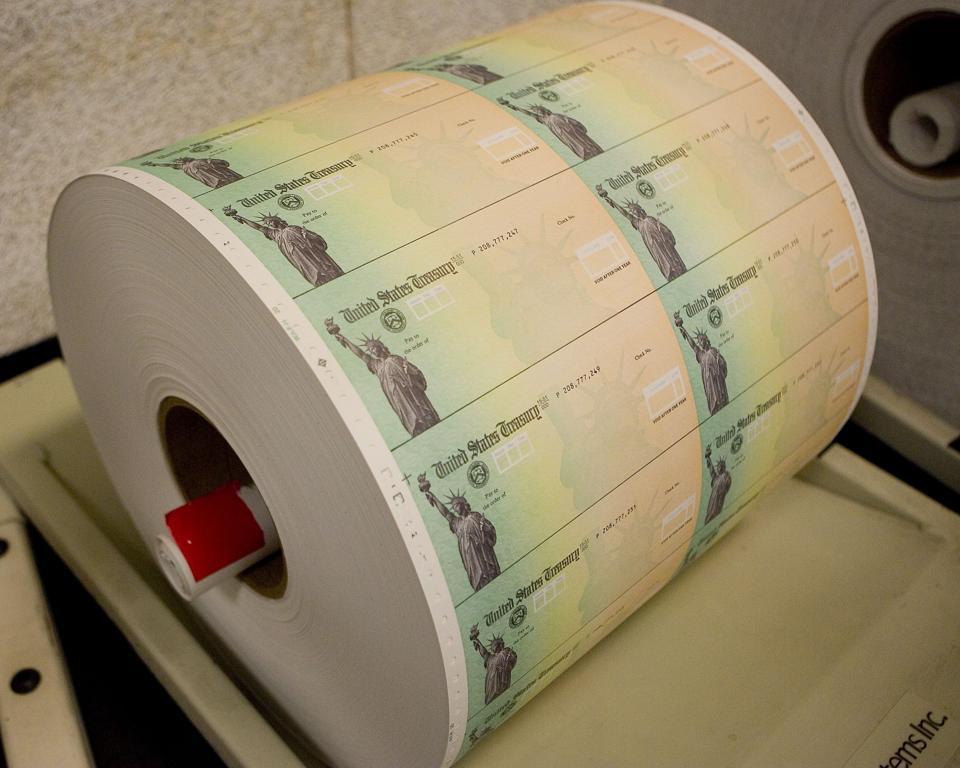Taxpayers eligible for recovery rebate credits for tax year 2020 have until May 17, 2024, to file a tax return to claim the payment. By law, taxpayers can make a claim for refund up to three years after the return filing deadline. Because the filing deadline for 2020 tax returns was extended from April 15, 2021 to May 17, taxpayers have an additional month to file returns that claim the recovery rebate credit.
Individuals wanting to claim the 2021 Recovery Rebate Credit have until April 15, 2025, to file the required tax return.
Who Is Eligible
The recovery rebate credit is available to individuals who have not claimed the credit on a previously filed tax return and who did not receive an economic impact payment (or stimulus payment) for tax years 2020 and 2021.
Most eligible taxpayers received this credit before they filed their tax returns—either as an economic impact payment that was directly deposited to their bank account or as a mailed paper check. Taxpayers who already filed a 2020 tax return claimed the recovery rebate credit during that year or used the 2020 return to indicate they had received their economic impact payment and were not entitled to the refundable credit.
Many eligible individuals, however, did not receive an economic impact payment automatically and have not yet filed a 2020 tax return to claim the credit. It is likely that many low-income individuals who are not usually required to file a return did not receive their payments and are entitled to file a return to claim the credit.
Getting Help
The IRS is encouraging taxpayers who may be eligible for the recovery rebate credit and other potential tax benefits to get help with filing a 2020 and/or 2021 tax return.
Volunteer Income Tax Assistance and the Tax Counseling for the Elderly programs are available to help qualifying taxpayers. According to the IRS website, “VITA sites offer free tax help to people who need assistance in preparing their own tax returns, including:
- People who generally make $64,000 or less;
- Persons with disabilities; and
- Limited English-speaking taxpayers.
In addition to VITA, the TCE program offers free tax help, particularly for those who are 60 years of age and older, specializing in questions about pensions and retirement-related issues unique to seniors.”
Many low-income tax clinics, often operated in association with a local law school, can also help individuals locate free or deeply discounted tax return preparation services.
Important Reminders
Individuals should remember that there is no penalty for claiming a refund on a late-filed tax return. Late-filing penalties are calculated based on the balance due on a tax return. If there is no balance due, there is no late filing penalty.
Direct deposit is the fastest, most secure way to receive a tax refund. It’s also free to anyone with a bank account who files a tax return.
Remember to save proof that the return was filed in case you have to check your refund status. Proof of filing for electronic returns is the acknowledgement sent by the IRS to your return preparer or through your do-it-yourself filing software. The acknowledgement confirms that your electronically filed return has been accepted by the IRS for processing and includes the date that the return was accepted.
Individuals who mail paper returns must remember the legal concept that timely mailed is timely filed under the IRS’ mailbox rule. Proof of timely mailing can expedite refund tracking. It’s best to use U.S. Postal Service certified mail because the mailing date is hand-stamped at the post office and a corresponding hand-stamped receipt is provided to the customer.

